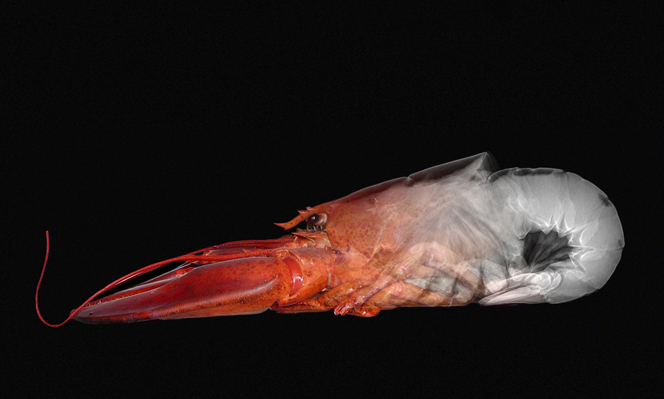A team of researchers from RMIT University, Australia, have made 3D printed concrete structures stronger by drawing inspiration from lobster shell patterns.
By emulating the biological spiral patterns with the toolpath of an extrusion-based concrete 3D printer, the team managed to leverage millennia of natural selection and evolution, resulting in an increase in strength and durability. Having also experimented with steel fiber reinforcements, the researchers were able to formulate a composite material stronger than even traditionally-made concrete.
Dr Jonathan Tran, lead author of the study, states, “3D concrete printing technology has real potential to revolutionise the construction industry, and our aim is to bring that transformation closer. Our study explores how different printing patterns affect the structural integrity of 3D printed concrete, and for the first time reveals the benefits of a bio-inspired approach in 3DCP.”

Variations in 3D printing patterns
The pattern in which the volume of a solid structure is 3D printed can have a profound effect on its physical properties. The most basic and common 3D printing pattern is the unidirectional one, whereby layers are stacked on top of each other in parallel rows. While easy to work with, this pattern has been shown to feature relatively weak interfacial bonds as a result of anisotropy, where strength is primarily concentrated in only one plane.
As such, the remedy to this issue is intentional isotropy, where printed layers are extruded in varying and unconventional patterns in a process akin to cross-hatching. This distributes the strength of the material in every plane, reducing the likelihood that there’s one single section of the structure that’s prone to failure. These isotropic structures, coincidentally, are rife in nature, such as in the helicoidal shell of a lobster.
Tran adds, “We know that natural materials like lobster exoskeletons have evolved into high-performance structures over millions of years, so by mimicking their key advantages we can follow where nature has already innovated.”
The power of the lobster shell
The RMIT team 3D printed the shell-esque patterns at a number of varying angles, starting from 10°, and found that the greatest strength improvement came from a completely spiral geometry (picture a curled-up shrimp).
By infusing the cement mix with 6mm long steel fibers (0.75%), the researchers were also able to reduce the frequency of defects and porosities in the structures, further increasing strength to levels beyond that of conventional concrete. As well as improving structural integrity, the fibers helped the concrete harden earlier without compressive deformation, paving the way for taller structures to be fabricated.
“As lobster shells are naturally strong and naturally curved, we know this could help us deliver stronger concrete shapes like arches and flowing or twisted structures,” said Tran. “This work is in its early stages so we need further research to test how the concrete performs on a wider range of parameters, but our initial experimental results show we are on the right track.”
Having invested in a new 5m x 5m concrete 3D printer, the RMIT team has stated plans to focus its future research efforts on the 3D printing of houses and other buildings, while also exploring the use of recycled waste materials for concrete. An upcoming topic of particular interest is the study of sound dampening walls made from post-consumer recycled soft plastics, which will be supported by an Australian Government Innovations Connections grant.

Elsewhere, in the commercial construction space, India’s largest construction company, Larsen & Toubro Construction (L&T), recently completed the country’s first 3D printed two-storey building. With a modest floor space of 65m², the building was fabricated using a large-format concrete 3D printer supplied by OEM COBOD, and is made up of a locally sourced 3D printable concrete mix developed by L&T’s own in-house team.
In Germany, construction company PERI Group also recently announced the commencement of a project focused on 3D printing a three-floor commercial apartment building on-site in Wallenhausen. The news comes just a few months after the company revealed it was 3D printing the country’s first ‘market ready’ building in the town of Beckum.
Subscribe to the 3D Printing Industry newsletter for the latest news in additive manufacturing. You can also stay connected by following us on Twitter and liking us on Facebook.
Looking for a career in additive manufacturing? Visit 3D Printing Jobs for a selection of roles in the industry.
Featured image shows an X-ray of a lobster. Image via Florian Elias Rieser.



